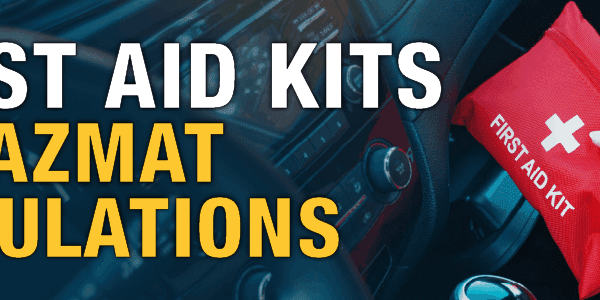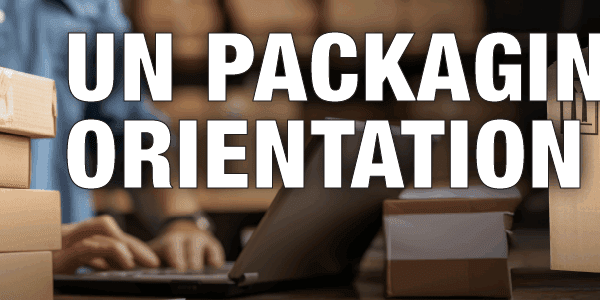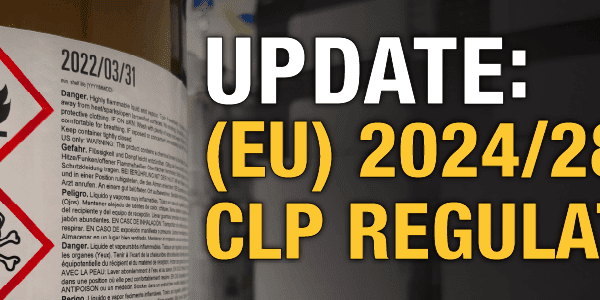This post was originally published in 2021 and has been updated in March 2025 for accuracy.
What to Do if Your Lithium Battery Catches Fire
Lithium Batteries in the News Again
If you have to travel often, you may be in a situation where you have to decide whether to place your electronic lithium battery-powered devices in checked or carry-on bags. What is the correct course of action? According to The FAA, Devices containing lithium metal or lithium-ion batteries (laptops, smartphones, tablets, etc.) should be carried in carry-on baggage whenever possible. When portable electronic devices powered by lithium batteries are in checked baggage, they must be completely powered off and protected to prevent unintentional activation or damage. In electronic devices capable of generating extreme heat, heating elements must be isolated, which could cause a fire if activated by removing the heating element, battery, or other components. In addition, spare (uninstalled) lithium metal and lithium-ion batteries are always prohibited in checked baggage and must be placed in a carry-on. Why must we be so careful? Well, previous tests conducted by the FAA have concluded that when large electronics like laptops overheat in checked luggage, they run the risk of combustion when packed with aerosol canisters like hairspray and dry shampoo. As a result, the potential for explosion becomes a danger to the entire aircraft. The risks are certainly a lot higher if your lithium battery device does, in fact, catch fire on an airplane, but what exactly is the reason lithium batteries catch fire, and what should you do if your device does catch fire during your daily routine?
What is Thermal Runaway?
Previously I wrote a blog on how to prevent lithium batteries from catching fire. But why exactly do lithium batteries catch fire? Lithium-ion and lithium-metal cells are known to undergo a process called thermal runaway during failure conditions. Thermal runaway results in a rapid increase of battery cell temperature and pressure, accompanied by the release of flammable gas. These flammable gases will often be ignited by the battery’s high temperature, resulting in a fire similar to the video below.
Another major reason behind thermal runaway is other microscopic metal particles coming in touch with different parts of the battery, resulting in a short-circuit.
Usually, a mild short circuit can cause an elevated self-discharge and little heat is generated because the discharging energy is very low. But, when enough microscopic metal particles converge on one spot, a major electrical short can develop and a sizable current will flow between the positive and negative plates causing combustion.
Are there any Warning Signs?
Usually, if a battery is about to catch fire it will feel extremely hot or swell up (the device may look like it has a lump or bulge). Then it may start to discolor causing damage, blistering, and begin smoking. Do not touch a swelling or ruptured device with your bare hands.
What to do if the Battery Catches Fire
Below are some tips to follow if your lithium-Ion or lithium metal battery catches fire:
- Lithium-ion batteries contain small amount of lithium metal and in case of a fire they can be doused with water. Lithium-metal batteries on the other hand require a Class D fire extinguisher
- Water interacts with lithium. If a Class D extinguisher is not available to douse a lithium-metal fire, only pour water to prevent the fire from spreading.
- For best results dousing a lithium-ion fire, use a foam extinguisher, CO2, ABC dry chemical, powdered graphite, copper powder, or soda (sodium carbonate) as you would extinguish other combustible fires. Reserve the Class D extinguishers for lithium-metal fires only.
- If the fire of a burning lithium-ion battery cannot be extinguished, allow the pack to burn in a controlled and safe way.
- Be aware of cell propagation as each cell might be consumed on its own time table when hot. Place a seemingly burned-out pack outside for a time.
- If other combustibles catch fire as result of the lithium battery, then use the appropriate extinguishing agent to douse these secondary fires. It is important to address each type of fire with the appropriate extinguishing agent.
- Only trained and qualified personnel should attempt to fight a lithium-metal or lithium-ion battery fire.
What is a Class D Fire Extinguisher?
Class D Fire extinguishers also known as dry powder extinguishers, put out the fire by separating the fuel from the oxygen element or by removing the heat element of the fire triangle. However, keep in mind dry powder extinguishers are for Class D or combustible metal fires, only.
Stay up to date and sign up for our newsletter!
We have all the products, services, and training you need to ensure your staff is properly trained and informed.
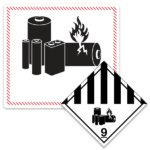 Lithium Batteries Labels Lithium Batteries Labels |
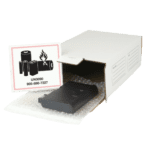 Lithium Battery Shipping Kits Lithium Battery Shipping Kits |
 Shipping Lithium Batteries Training Courses Shipping Lithium Batteries Training Courses |
References:
https://www.cnet.com/how-to/what-to-do-phone-laptop-battery-swell-bulge-hiss-fire/
http://batteryuniversity.com/learn/article/safety_concerns_with_li_ion
https://www.fire.tc.faa.gov/pdf/TC-15-59.pdf
https://gizmodo.com/faa-proposes-worldwide-laptop-ban-for-checked-bags-on-i-1819706608
https://www.faa.gov/hazmat/packsafe/more_info/?hazmat=20


